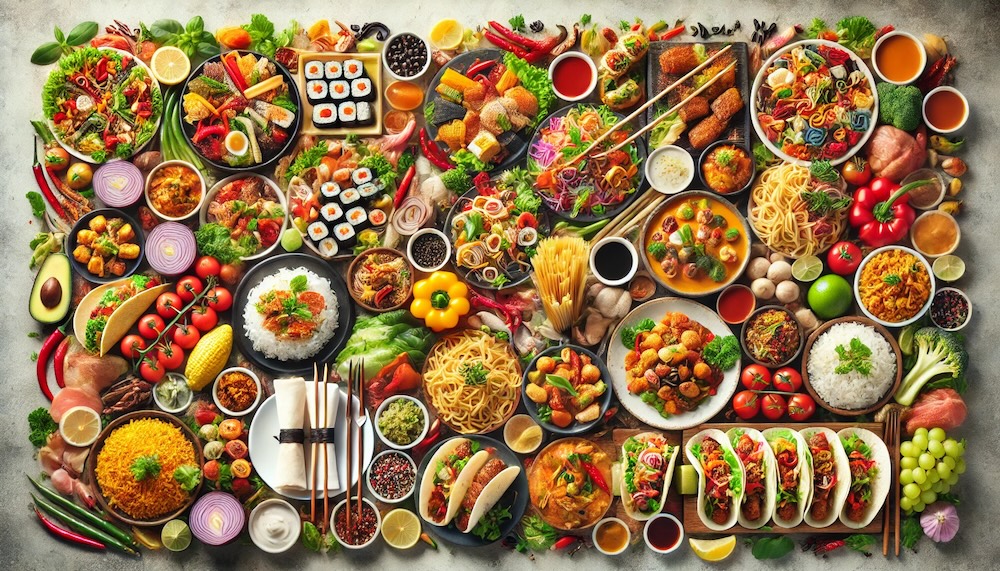Different Table Manners Around the World
January 23, 2025

Different Table Manners Around the World
Table etiquette doesn’t just tell us how to eat—it reflects deeper cultural values about sharing food and respecting others. What’s polite in one country can be downright rude in another. Let’s take a quick tour of three diverse customs (i guess the few i know a little about):
1. Using Hands as Utensils in India
In many parts of India, eating with your hands (right hand, specifically) is common. It’s a sensory experience—feeling the texture and temperature of the food is believed to enhance enjoyment. Of course, there are rules:
- Only use your right hand for eating (the left is considered unclean).
- Avoid letting food drip down your hand or wrist—polite eaters keep it neat.
- In many South Indian states, they mix rice, curry, and other items together in small bites, using their fingertips, then scoop it into the mouth.
2. Sharing Food on Your Plate in China
When dining in China, you’ll often find communal plates in the center of the table for everyone to share. But it’s also common for people to move tasty bits from the communal dish (or from their own plate) directly onto yours, especially if they want you to try something special. It’s a sign of warmth and generosity, not an intrusion. If you want to return the favor, just remember to use the serving utensil or the back of your chopsticks.
3. Elbows on the Table—U.S. Rules
In the United States, there’s an old-fashioned rule that says keeping your elbows on the table is a no-no. While this guideline has softened in modern times, some people—especially in more formal settings—still consider it a breach of etiquette. Why? It’s partly about posture, and partly about respecting shared space. Leaning too heavily on the table might crowd others or appear sloppy.
Ultimately, table manners everywhere revolve around a few core ideas: respect for the food, consideration for your companions, and a shared sense of enjoyment. Next time you travel or join a multicultural gathering, keep an open mind—and maybe you’ll discover a new way to savor your meal.
categories: ["culture", "food", "china", "travel"]
